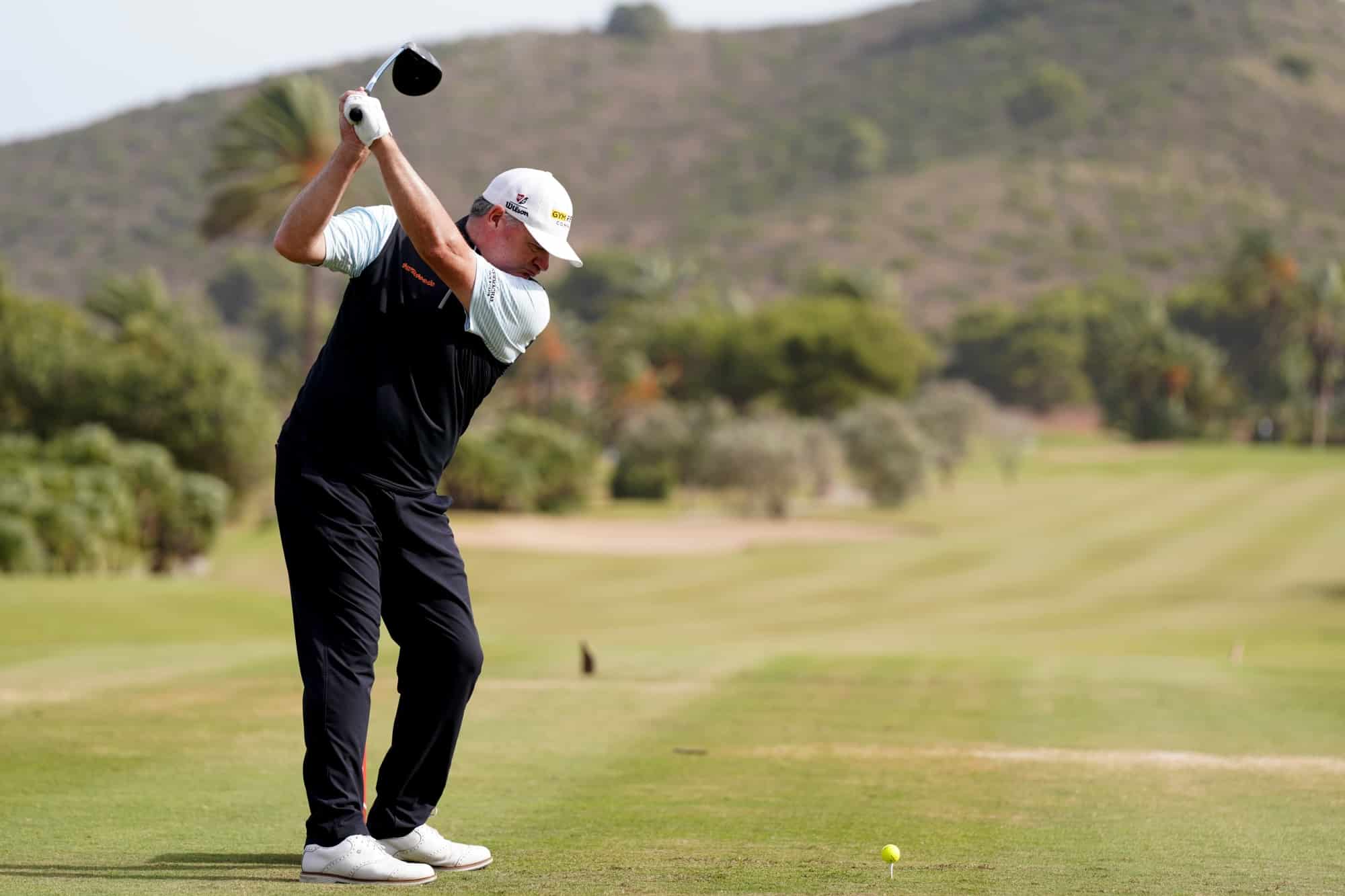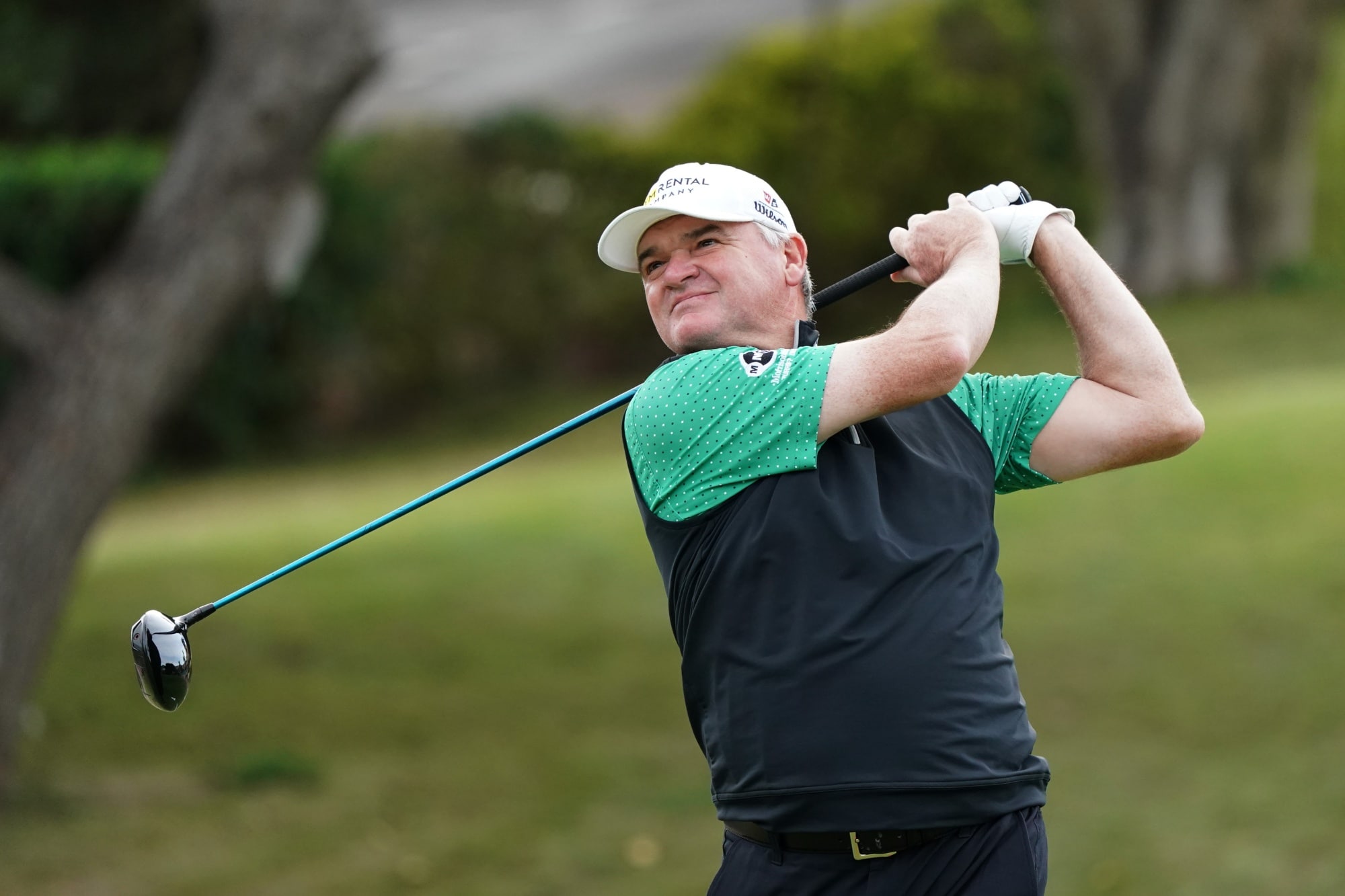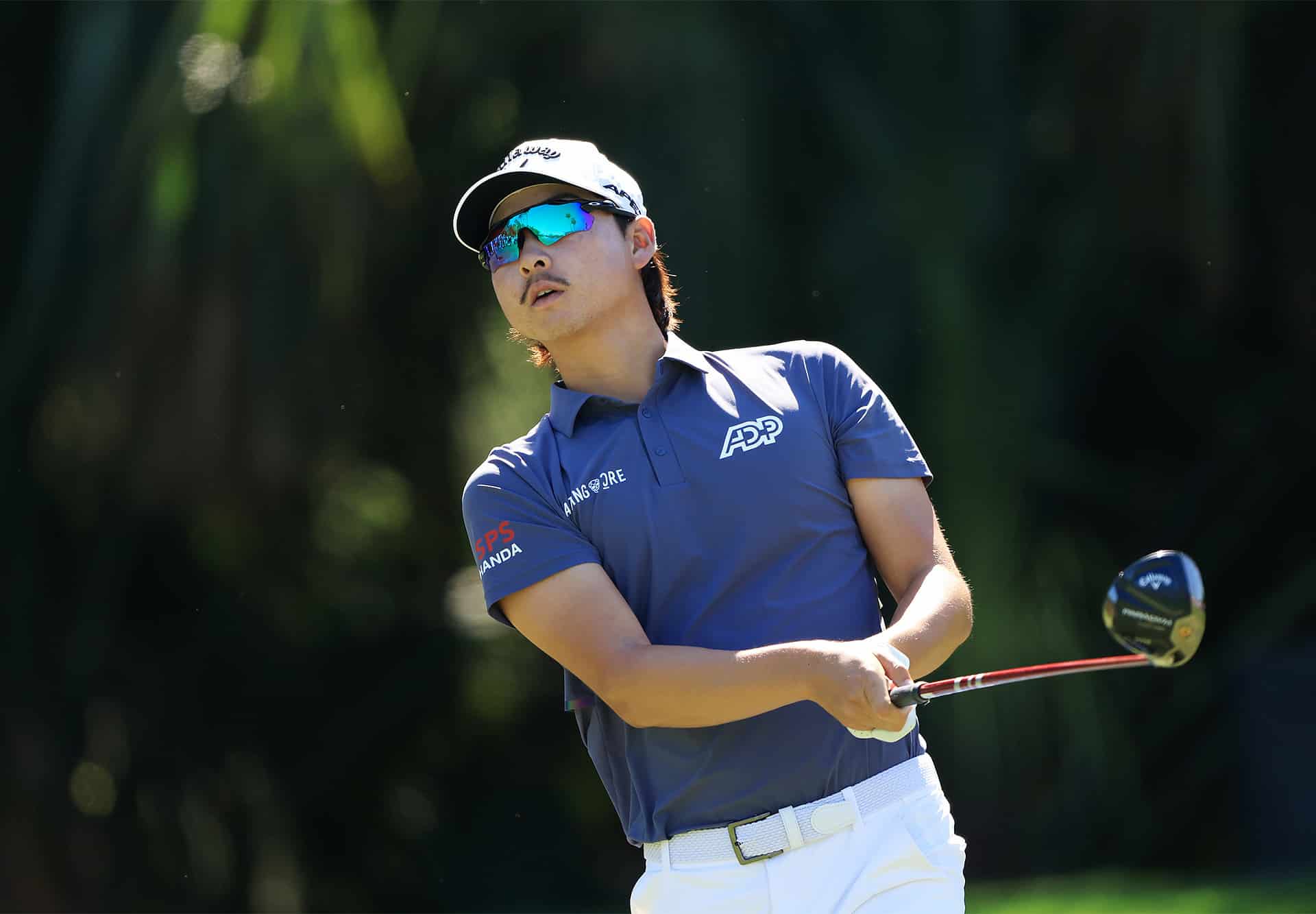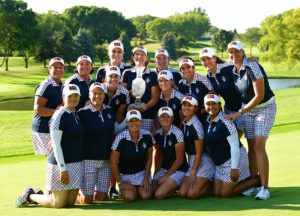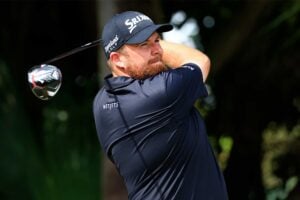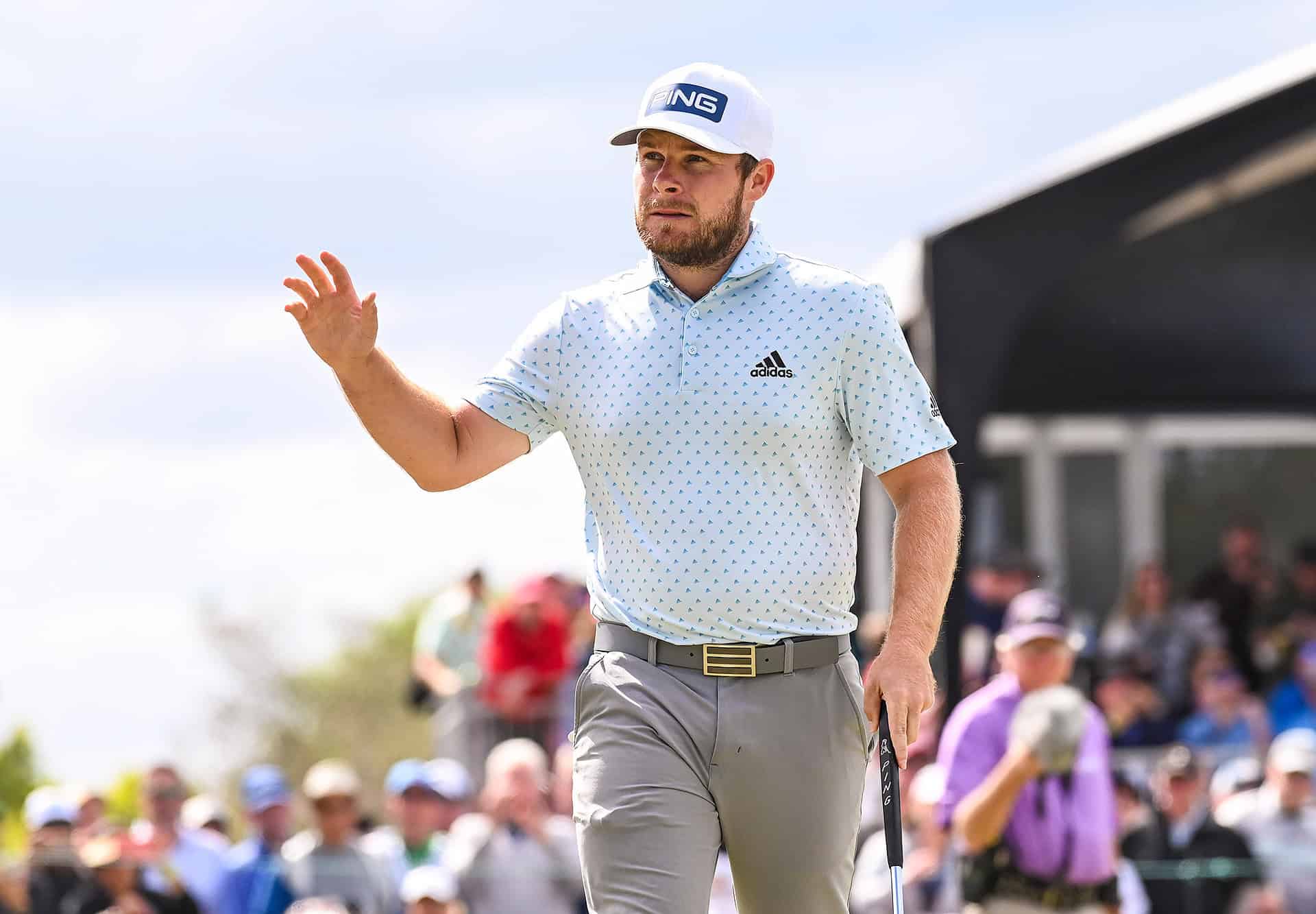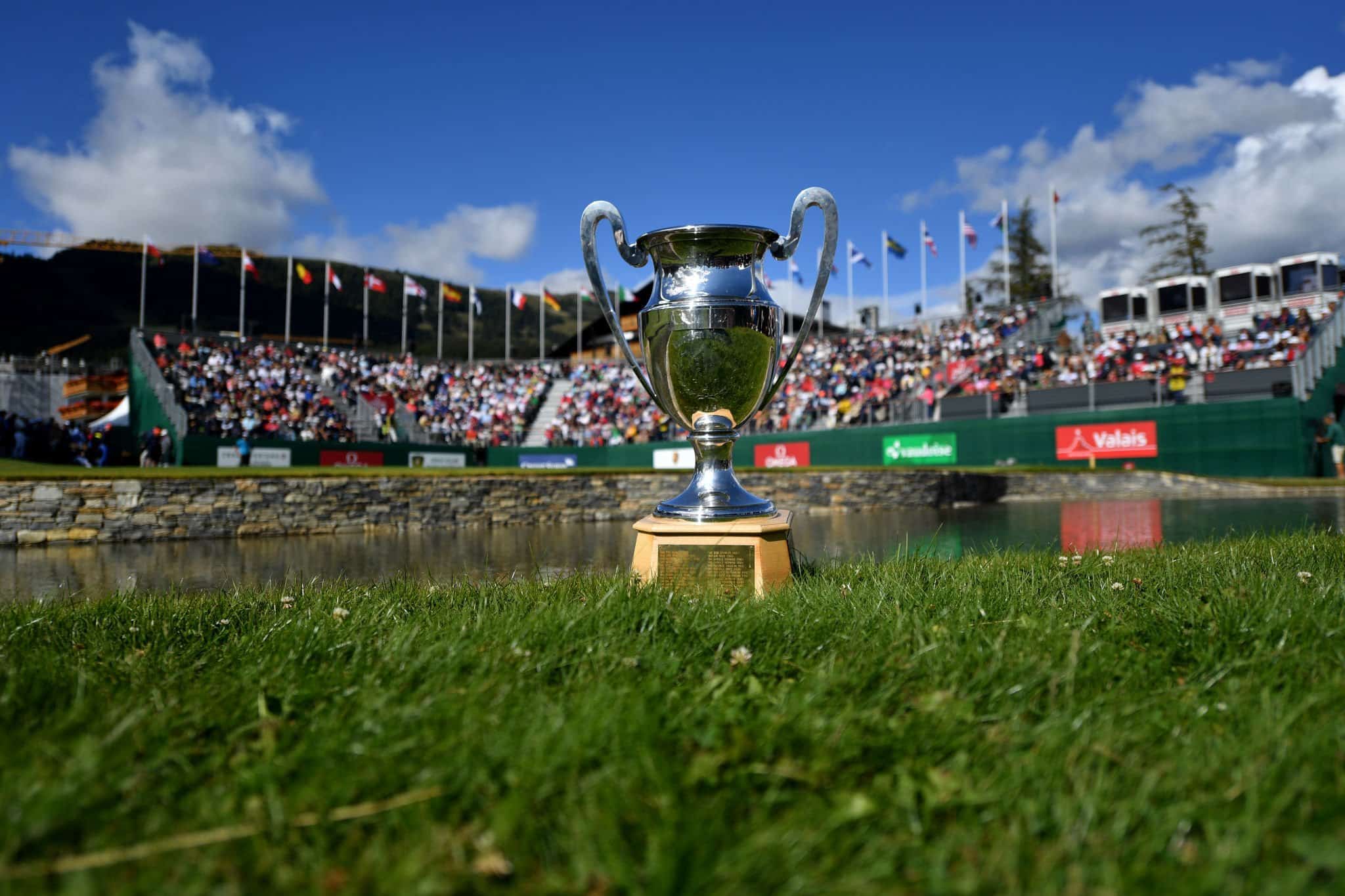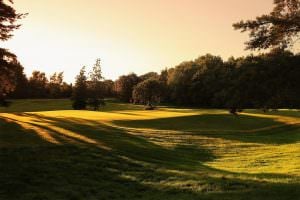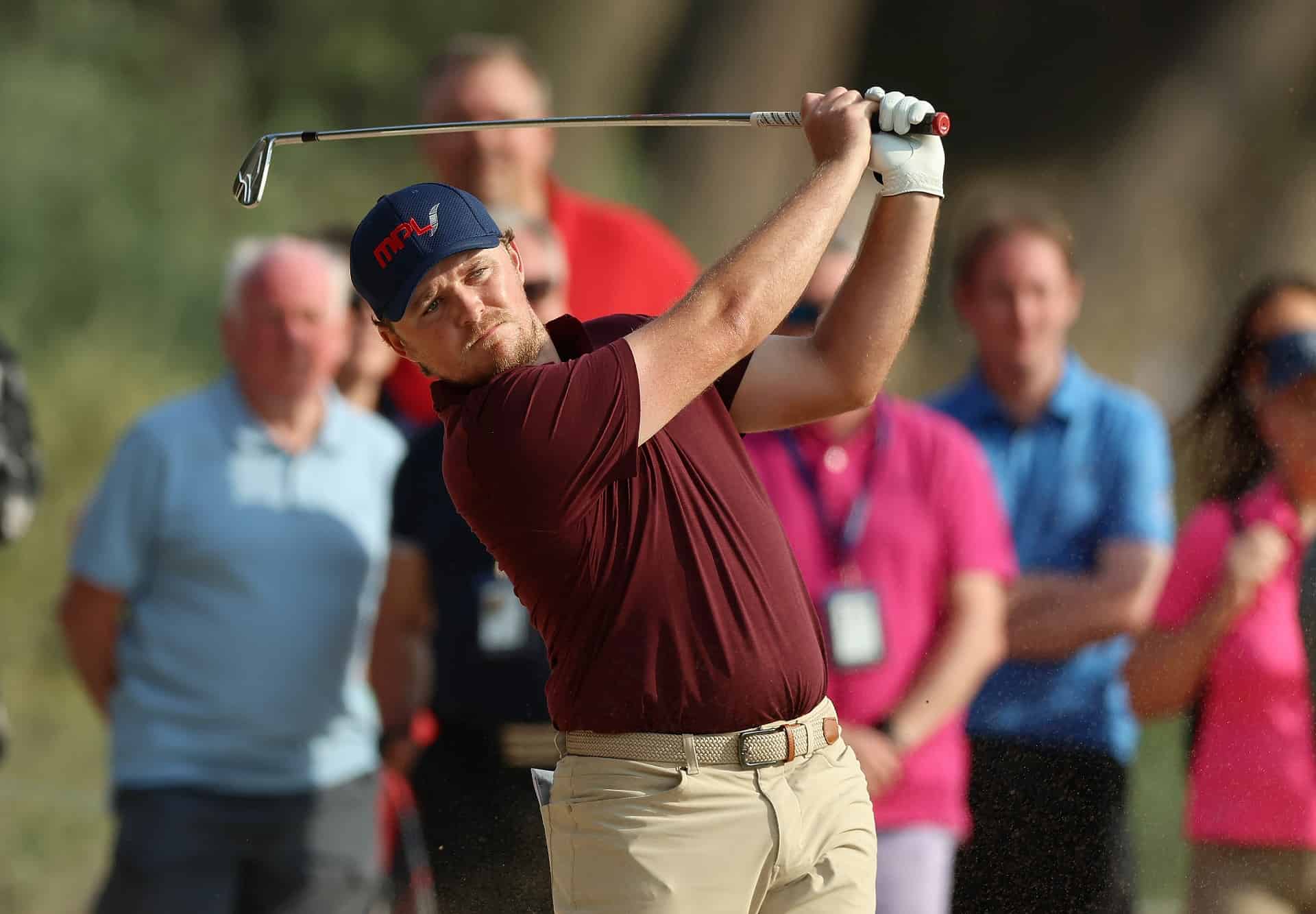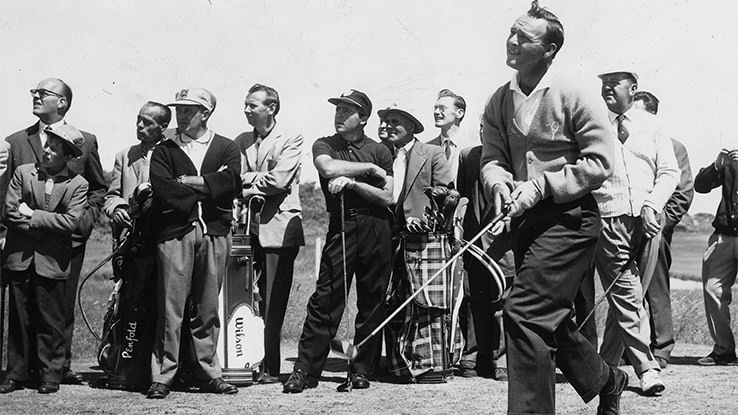
The year Arnold Palmer transformed the Open
Deacon Palmer’s advice to his son was straightforward: “You know, Arnie, you’ve got to play internationally to be great.”
Arnold Palmer was 30 by the time he first played in the Open, when he finished second, a shot behind Kel Nagle at St Andrews. A year later he would lift the Claret Jug at Royal Birkdale.
The Open was very different in 1961. Palmer would leave Southport with a cheque for £1,400. Last year the Champion Golfer Henrik Stenson received a staggering £1,175,000.
All players had to qualify at next-door neighbour Hillside. It was also the last Open that spectators could follow the players down the fairway and Peter Alliss’s first in the commentary box.
The Birkdale course was also not what it is today. Then, the 17th was a par 3 and the now signature short 12th wasn’t yet part of the canvas – though it would be in place for the 1965 Open and Ryder Cup.
The 1961 Open will always be remembered for being the first of Palmer’s back-to-back wins. Interestingly the first three of his 23 visits to the Open resulted in his best finishes.
In 1961 Gary Player was playing in his sixth championship at Birkdale, and the winner at Muirfield two years earlier remembers Palmer’s impact.

“When I won the Open in ’59 it was just as much as a thrill as in ’74 but the event was stale. Then Arnold came over – he fell out of bed with charisma. He had a rugged face, the most unusual swing which wasn’t that good, he stopped on the ball but he would go for gaps in trees that were impossible and people loved it.
“Arnold came from the steel mills with those big strong hands and it was invigorating. And he was very well mannered – I loved the man. Arnold had more patience with people than any other golfer. He had to cultivate it a bit – his father was a great disciplinarian and a tough cookie.”
To this day the Birkdale members remember Palmer chatting in the bar. He would remember names and always insisted on making each autograph readable rather than just a rushed scribble. The fans paid his wages and that’s how he treated them.
One thing that was the same back then was the weather. The format for the week was meant to be 18 on Wednesday and Thursday before two rounds on Friday. Gale-force winds brought down the main marquee on Thursday and what wasn’t blown away then was washed away on Friday.
At the time Palmer was nestled one shot off the lead after birdieing five of the first six holes. He might have been tied at the top but at the 16th, now the 17th, he called a penalty on himself when his ball moved on his downswing. He immediately informed an official and was told that there would likely be no penalty but his six did eventually turn into a seven.
With no play on the Friday, and Sunday not being an option, the championship faced the real possibility of not finishing and being declared void.

Palmer said: “If necessary, I’m prepared to play in a rowboat.”
Thankfully it wasn’t necessary. The Pennsylvanian moved one clear of Dai Rees with a 69 on Saturday morning, helped by a brilliant up-and-down at the 16th, and in the afternoon he came to the 15th, now the 16th, to play one of the great shots in Open history.
His drive ended up at the bottom of a sandy bank and buried in some willow scrub. Palmer’s caddie Tip Anderson suggested, with a four-shot lead, chipping out to give himself a chance of a pitch and a putt.
Palmer took out a 6-iron and thrashed a recovery to the plateau green. Later he would admit that he had never hit a ball so hard in his life.
Palmer said: “I thought I hit a very good tee shot but the ball kicked to the right and when I got there it was in deep rough. I took a little time looking at it and then I cut enough hay to feed the cows for a year. The ball came flying out very well. It landed on the front of the green and rolled up about 15 feet from the hole.”
Legendary golf writer Michael McDonnell said of the shot: “Not even a tornado could have wrenched it free so cleanly. Some would swear afterwards that the ground shook beneath them as Palmer’s club cleaved that bush from his path. Or maybe it was just the gods groaning their surrender.”

Three-time champion Henry Cotton, who was standing beside Palmer, called it ‘one of the greatest shots ever’.
“The shot he hit at 15 – I could never have hit that shot. Arnold was so strong physically,” said Player.
This time Palmer would make a straightforward five at the 16th and par in. Rees came with a late run of birdies but came up one shy and Palmer would go on to lift the Claret Jug, the fourth of his seven major wins.
“You have got to win six majors to be a superstar in my opinion and Arnold won seven,” said Player. “But it was sad to see him hit a wedge shot, he averaged 25 feet away. He hit his 1-iron way better than a wedge.
“He was a great driver but it was a very short career of major wins. Jack Nicklaus won majors for 25 years, me for 20 and Arnold was six.
“And he was a useless bunker player. He played it with a shut face. You have got to have a wrist cock so the face is open to get through the sand. When you go back shut you’re dead.”

And the likelihood of getting a tip from one of the greatest bunker players ever?
“In those days if you won £50 that was a lot of money. You weren’t going to tell someone what they’re doing wrong!”
For many, Palmer was already a superstar of the game. He was the first signing of Mark McCormack to IMG in 1960. Nicklaus and Player would soon follow and then, bizarrely, the Pope, Pele and Twiggy. Golf had its Big Three and McCormack had the lot.
“There was no contract, just a handshake. He was a genius, he never forgot a thing and taught me such a lot,” said Player. “I carry four pens and a pad every day. He always said a blunt pencil is better than a sharp memory. He changed golf.”
And Palmer had changed the face of the Open Championship. The following year, three months after collecting his third Green Jacket, Palmer won at Troon by six shots from Australian Nagle.
Twelve of the top 20 Americans came over this time, following in his footsteps. Where Palmer played others would follow. The Open Championship owes him a lot.
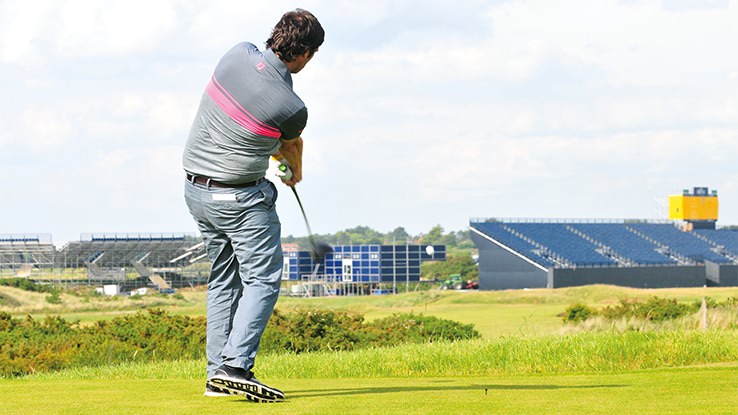
The day I played in the Open (sort of)
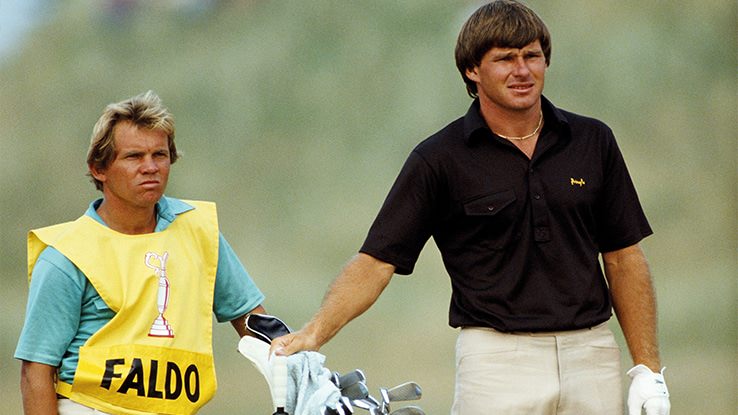
How Nick Faldo fell in love with the Open Championship
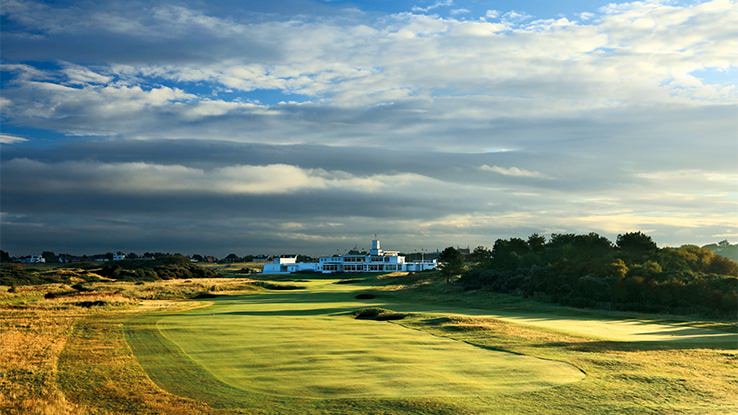
Brilliant Birkdale set to shine again
Mark Townsend
Been watching and playing golf since the early 80s and generally still stuck in this period. Huge fan of all things Robert Rock, less so white belts. Handicap of 8, fragile mind and short game


